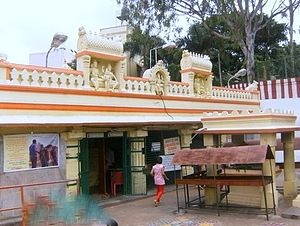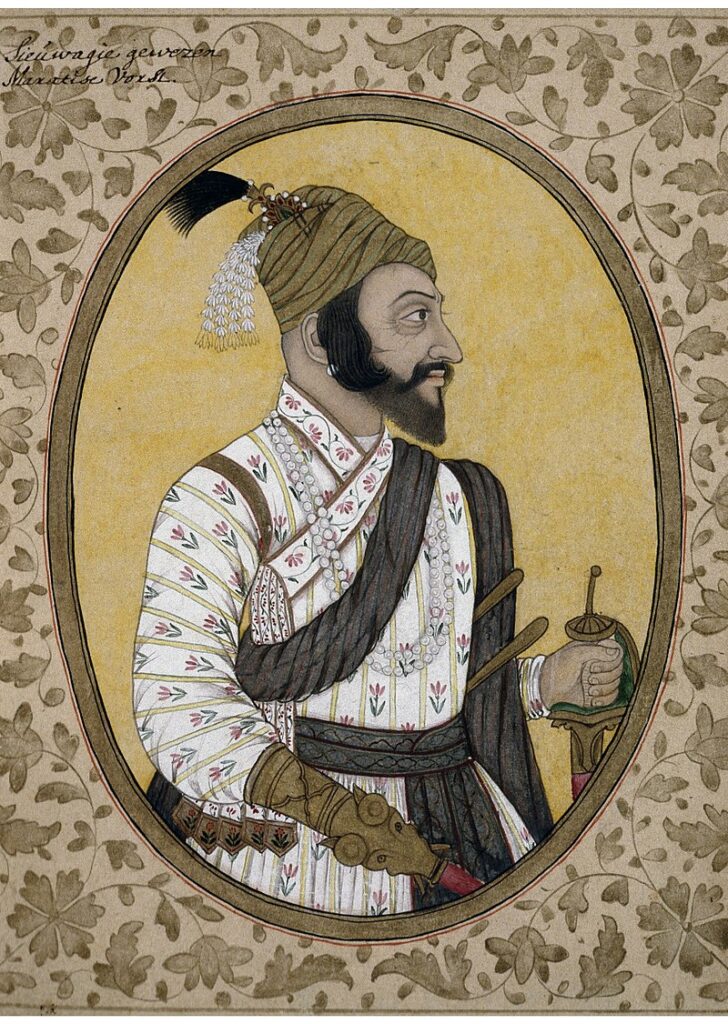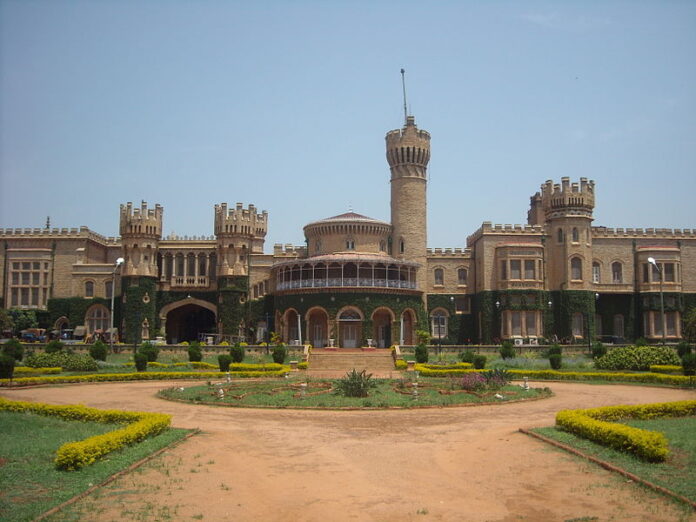The story of Namma Bengaluru part 2
Veerappa was sitting on the aralikatte, chewing the betel leaf as was his habit. The clouds overhead promised rain and the usual crowd which gathered around the banyan tree was safely ensconced in their homes. But as he glanced across the street, he saw the approaching silhouette of a small boy. Delight and anticipation coursed through him – for he was a storyteller at heart, and he knew little boys hated a story half-told.
He called out, “Why are you not at home Gati? Shouldn’t you be sleeping now?”
“Sleeping is for old people. I don’t want to sleep” Gati told him sulkily as he settled on the stone seat. “Thatha, that day you told that Bengaluru was sold to Wodeyar Raja! You didn’t tell us what happened after Kempe Gowda came back from prison! Tell now, how did he die? What happened after that? What will Chikka Deva Raja do to Bengaluru now?”
With a sigh, Veerappa gazed up at the dark sky. “After Kempe Gowda came back, so many things happened Gati. They say that he died when he was returning from Kunigal, where he had gone to settle a dispute. Immadi Kempegunayya had inherited his father’s zeal for constructing lofty structures. He completed the Gavi Gangadhara Devasthana envisioned by Kempe Gowda. He was the one who built the 7 watchtowers in Bangaluru, in honor of his father who had established the city.

But trouble was brewing up north and the winds of that loss did not escape Bengaluru.
Vijayanagar was facing constant onslaughts from the unexpected union of Bijapura, Ahmednagar, and Golkonda Sultanates. There was a tremendous battle that happened near the Rakkasagi and Tangadigi villages, around 125 years ago. That battle has affected us all. Vijayanagara’s protection had safeguarded Bangaluru, ensured that it prospered. That great empire was nearing its sunset and it never recovered from the Talikota battle. Aliya Rama Raya, the last of that dynasty’s able administrators, was beheaded on the battlefield. The capital city of Hampi, which had inspired a great desire in Kempe Gowda to ensure Bangaluru had similar, ambitious temples, was ransacked and became ruins. Glorious Hampi, now Halu Hampi…
The royal family of Vijayanagar, or what was left of it, had to flee to Sringapattana. This downfall in the fortunes of the Vijaynagara kings did not stop Immadi from remaining loyal to them. He went to battle against many of his fellow pollegars who had defected and were declaring the independence of their principalities. It was at this time that Mysore Wodeyars also revolted and became an independent kingdom. Immadi bravely raided Hoskote, one of the defectors, and razed the fort guarded by Pollegar Chikka Raya. He fended off an attack from Penakonda. He conquered Magadi, Savanadurga, Balagondanahalli and Bettarayanagudi.”
“I wish I had an army too! I would like to be like Immadi, thatha!” Gati exclaimed, the story of wars having captured the boy’s imagination.
Veerappa smiled and continued, “Such victories are never without cost Gati. Immadi realised that to his detriment, as you will soon see. The defeated pollegars, extremely dissatisfied, approached Bijapura which was ruled by the Adil Shah dynasty. The then king, Mohammad Adil Shah, having recognized that no Musalman had ever succeeded in conquering Malnadu and its southern area, chose to lend the Bijapura army’s support to these pollegars. This union resulted in an assault on Sira and Bangalore. These expeditions were led by Ranadulla Khan, whose second-in-command was Shahji Bonsley.”
Gati squealed, “I have heard that name!”
“Yes, Shahji Bonsley was Shivaji’s and Venkaji’s father, they have their own great tales. This siege on Bangaluru lasted for 3 days. And though Immadi Kempe Gowda fought bravely, he was defeated by the sheer size of Bijapura’s army, and the fort walls built by his father gave way. Immadi secured his freedom by paying a huge ransom and in return, he was allowed to retire to Magadi. Their lineage continues to this day in that region, and they are now farmers.

Bengaluru was gifted to Shahji for his invaluable service to Bijapura and thus began the pete’s association with the Marathas. Shahji constructed a fort in Bengaluru and it became the childhood home of Shivaji and Venkaji. A garrison of Bijapura’s army was always stationed there, aiding Shahji in his conquests further south. All great lives come to an end. So it was with Kempe Gowda, and his son Immadi Kempe Gowda. So it was with Shahji Bhonsley.
After his death, Chikka Deva Raya Wodeyar, who will be our king now, started negotiations with Venkaji to buy Bangaluru from him. Though the Marathas had a sentimental attachment to Bengaluru, they could not fend off the Mughal invasion which happened here three years ago. Aurangzeb has now annexed Bijapura and Golkonda and ripped Bengaluru from them. Look at how smart our king is! Instead of trying to fight the unfightable Aurangzeb, he negotiated and bought a prized city from him. Wait and watch Gati, Bengaluru’s next chapter is about to begin…”
Having completed what he wanted to say, Veerappa sat and looked at Gati, wondering what was going on in the usually excitable boy’s mind. Gati was just sitting quietly, thoughtfully looking up at the sky.

Thus ends this small 2-piece narrative of Bengalore’s founding fathers. Kempe Gowda and his son, who is now known as Kempe Gowda II, built a city that would one day become an unrecognizable urban sprawl, from the roots of a dense forest. They filled it with water tanks and bunds, carved its streets, gave it a commercial reputation and a place in history. The tide of political intrigue which decimated kingdoms from India’s North to its South did not pass by our city and leave it untouched. From Hindu origins, interweaved with a Marata & Islamic legacy, it went back to the cocoons of Hinduism when Wodeyars took it over. It went on to become the capital of our state, a hint of its old-world charm remaining in areas like Malleshwaram, Basavangudi, Jaynagar, Chikpete and M.G Road. There are tantalizing hints of its origins in the broken ruins of the Fort, a legacy of Marathas. The current Bangalore Palace was constructed by the Wodeyars, Hyder Ali and his dynasty landscaped it till such time the British annexed it and established a Cantonment – much like the Yelahanka Nada Prabhus had done.
More importantly, it remains a beloved home to those of us who roamed its streets as children.





